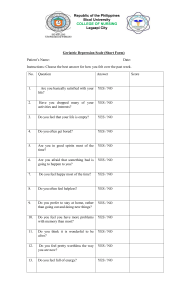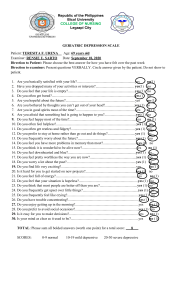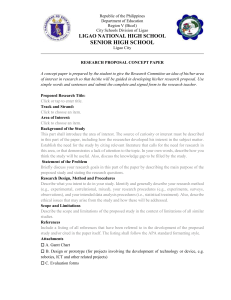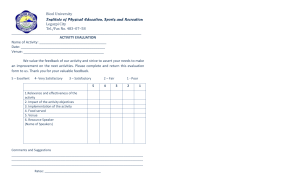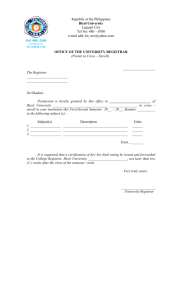Bicol Region History: Colonialism, War, and Political Shifts
advertisement
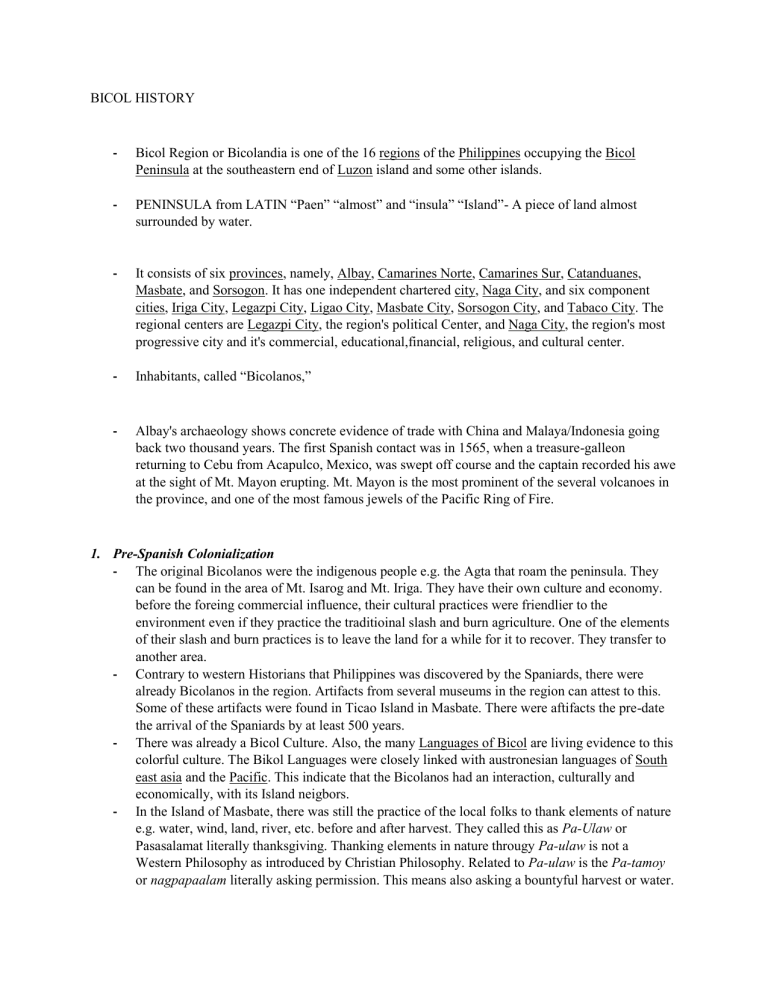
BICOL HISTORY - Bicol Region or Bicolandia is one of the 16 regions of the Philippines occupying the Bicol Peninsula at the southeastern end of Luzon island and some other islands. - PENINSULA from LATIN “Paen” “almost” and “insula” “Island”- A piece of land almost surrounded by water. - It consists of six provinces, namely, Albay, Camarines Norte, Camarines Sur, Catanduanes, Masbate, and Sorsogon. It has one independent chartered city, Naga City, and six component cities, Iriga City, Legazpi City, Ligao City, Masbate City, Sorsogon City, and Tabaco City. The regional centers are Legazpi City, the region's political Center, and Naga City, the region's most progressive city and it's commercial, educational,financial, religious, and cultural center. - Inhabitants, called “Bicolanos,” - Albay's archaeology shows concrete evidence of trade with China and Malaya/Indonesia going back two thousand years. The first Spanish contact was in 1565, when a treasure-galleon returning to Cebu from Acapulco, Mexico, was swept off course and the captain recorded his awe at the sight of Mt. Mayon erupting. Mt. Mayon is the most prominent of the several volcanoes in the province, and one of the most famous jewels of the Pacific Ring of Fire. 1. Pre-Spanish Colonialization - The original Bicolanos were the indigenous people e.g. the Agta that roam the peninsula. They can be found in the area of Mt. Isarog and Mt. Iriga. They have their own culture and economy. before the foreing commercial influence, their cultural practices were friendlier to the environment even if they practice the traditioinal slash and burn agriculture. One of the elements of their slash and burn practices is to leave the land for a while for it to recover. They transfer to another area. - Contrary to western Historians that Philippines was discovered by the Spaniards, there were already Bicolanos in the region. Artifacts from several museums in the region can attest to this. Some of these artifacts were found in Ticao Island in Masbate. There were aftifacts the pre-date the arrival of the Spaniards by at least 500 years. - There was already a Bicol Culture. Also, the many Languages of Bicol are living evidence to this colorful culture. The Bikol Languages were closely linked with austronesian languages of South east asia and the Pacific. This indicate that the Bicolanos had an interaction, culturally and economically, with its Island neigbors. - In the Island of Masbate, there was still the practice of the local folks to thank elements of nature e.g. water, wind, land, river, etc. before and after harvest. They called this as Pa-Ulaw or Pasasalamat literally thanksgiving. Thanking elements in nature througy Pa-ulaw is not a Western Philosophy as introduced by Christian Philosophy. Related to Pa-ulaw is the Pa-tamoy or nagpapaalam literally asking permission. This means also asking a bountyful harvest or water. - In the Pa-tamoy indigenous people as permission from un-seen elements in nature for them to use the land, if they are doing agricultural activities.Pa-ulaw and Pa-tamoy have a big possibility that these were handed down by their ancestors centuries before the the Europeans colonized the Bicol region. This practices are now part of Filipino and Bicolano fold religiosity that is still observed today. 2. Spanish Colonialization - The seat of power was based in Nueva Caceres (now Naga City). 3. American Colonial Era - The Americans controlled Power and Economy. - There were revolts against the occupiers e.g. the Simeon Ola revolt in Albay. - Most of the Business, particularly Mining industry in Camarines Norte and Masbate, were controlled by the Americans. 4. World War II - The Bicolanos were dragged in the fight of two imperialist countries in the world--Japanese and the Americans. They were fighting for world economic and political dominance particularly in the Asia Pacific Area. - When the Americans left the region, Bicolano guerillas were left to defend the region. Guerilla forces were organized around the regions to independently fight the new japanese colonizers. Many battles were fought by the Bicolanos without the Americans - There were also elite politicians who collaborated with the Japanese. 5. Post World War II - Most of the Politicians in powers were pro-Americans who re-occupied the regions after the War. Some pro-American guerillas became political leaders. 6. Martial Law - Bicol bacame to be known as an opposition region perhaps because of its anti US backed Marcos regime and its anti-people Martial Law. Many anti-fascists and anti-imperialist organization emerged in the region during this dark era in the region. - While there were legal organization actively fought the dicator, the the re-organized Communist Party of the Philippines (CPP) also organized the underground New Peoples Army (NPA) in the regions in the mid 1970s. Romulo Jallores and his brother Benjie started it in the Caramoan Peninsula of Camarines Sur. 7. Post People Power One (1986) - Many of the Bicolano opposition elite who fought the Marcos ruled Bicol regions after the downefall of the dictator. There were instances that some Marcos cronies also took local powers after winning in the elections. - The traditional feudal patronage politics of pre and during the Marcos regime continue to exist. - Backward economy based on traditional agricultural practices continue to exist. The political and economic condition also continue to feed the armed rebellion of the New People's Army (NPA)that existed during the Marcos regime. The rebellion even expanded to the Island of Catanduanes 8. Post People Power Two (2001) - During the 2001 Elections, the Militant Bayan Muna party list emerged as the dominant partylist group in Bicol when they got the most number of votes in the partly list elections. From February 14, 2001 until december 15, 2006 about 127 Bicolano activists from progressive organizations and partly list were extrajudicially killed under the Macapagal-Arroyo regime. Local elites continue to dominate the political arena after the 2007 elections.
